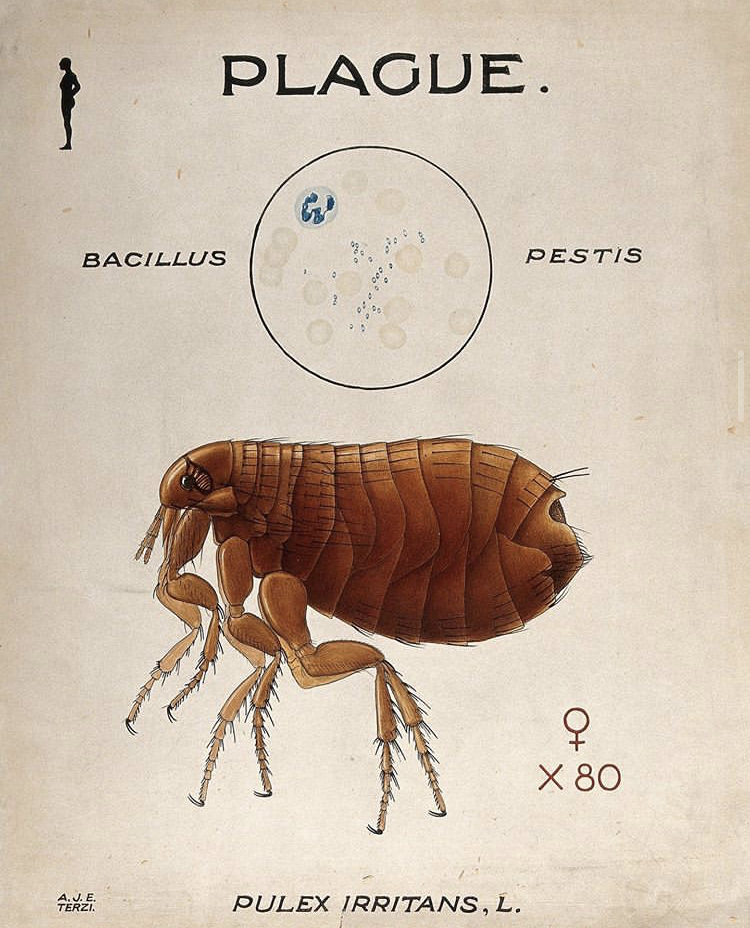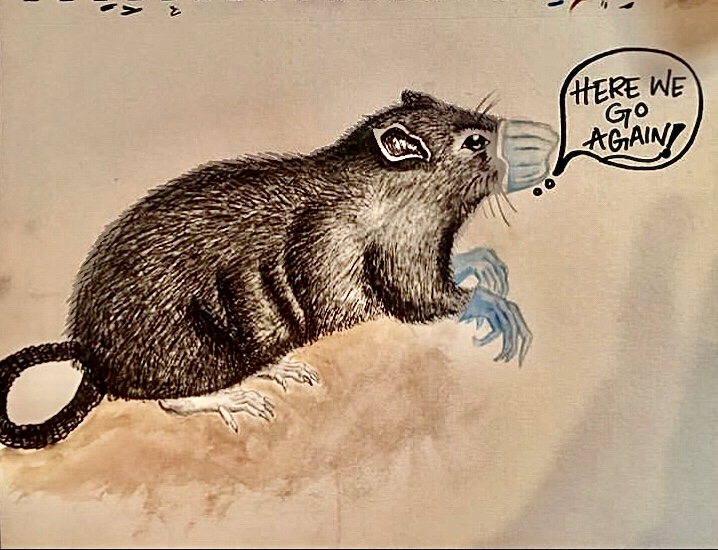After the prevailing global pandemic COVID-19 and pig influenza virus G4 EA H1N1, there is a risk of a highly contagious human plague epidemic, the Bubonic Plague, that has reigned from Bayannur, Inner Mongolia Autonomous Region, a northern city in China, Beijing.
On 1st July, the state-run news agency Xinhua said two suspected cases of bubonic plague identified in western Mongolia’s Khovd province were confirmed by laboratory test results. The reported cases are a 27-year-old man, and his 17-year-old nephew, who is being treated in two different hospitals in their province, a health official quoted as saying. The brothers ate marmot meat, the health legit said, warning humans now not to devour marmot meat.
A complete of 146 people who had contact with them have been quarantined and dealt with at neighborhood hospitals, in accordance with Naranger.
What is the Bubonic Plague?

Bubonic plague is a rare but serious bacterial infection transmitted by using fleas from rodents. It is a zoonotic sickness and it can be transmitted to other animals or humans. It basically consequences from the chew of a contaminated flea. It might also end result from publicity to the body fluids from a lifeless plague-infected animal.
It is one of the three plagues brought on via bacterium Yersinia pestis. The other two being Septicaemic plague and Pneumonic plague.
The scale of demise and social upheaval associated with plague outbreaks has made the subject prominent in a quantity of historical and fictional debts due to the fact that the disease used to be first recognized. The Black Death in specific is described and referenced in numerous contemporary literary sources.
Fatality of the Bubonic Plague:

The bubonic plague also called ‘Black Death’ and ‘Pestilence’ and ‘Great Mortality’ can be a very severe ailment in people, with a case-fatality ratio of 30 percentage to 60 percent. According to the World Health Organization (WHO), it can kill a grown-up in much less than 24 hours if not treated in time. From 2010 to 2015, there had been 3,248 cases mentioned worldwide, including 584 deaths.
Historically, plague used to be responsible for huge pandemics with high mortality. It was once regarded as the “Black Death” for the duration of the fourteenth century, causing extra than 50 million deaths in Europe. However, with the availability of antibiotics, the sickness is largely treatable now.
Plague epidemics have befell in Africa, Asia, and South America; but on the grounds that the 1990s, most human instances have happened in Africa. The three most endemic countries are the Democratic Republic of Congo, Madagascar, and Peru. In Madagascar instances of bubonic plague are said nearly every year, at some stage in the epidemic season
Symptoms of the Bubonic Plague –
As per WHO, people infected with plague normally boost acute febrile disorder with different non-specific systemic signs after an incubation period of one to seven days, such as the sudden onset of fever, chills, head, and physique aches, and weakness, vomiting, and nausea.
The bubonic plague attacks the lymphatic system, inflicting swelling in the lymph nodes. If untreated, the contamination can unfold to the blood or lungs.
Cure for the oncoming Epidemic:

Bubonic cases are rare, but there are still a few flare-ups of the ailment from time to time.
As per research from the American Society for Microbiology on ‘Resistance of Yersinia Pestis to Antimicrobial Agents’ – three main antimicrobial agents recommended to treat plague are streptomycin, tetracycline, and chloramphenicol. Streptomycin remains the drug of choice, whereas chloramphenicol is most often restricted to the treatment of meningitis.
A sub-unit vaccine based on the F1– and V-antigens is highly effective against both bubonic and pneumonic plague when tested in animal models of disease. This vaccine has been used to explore the utility of different intranasal and oral delivery systems, based on the microencapsulation or Salmonella delivery of sub-units.
(Research Citation: Titball RW, Williamson ED. Vaccination against bubonic and pneumonic plague. Vaccine. 2001)
[zombify_post]








